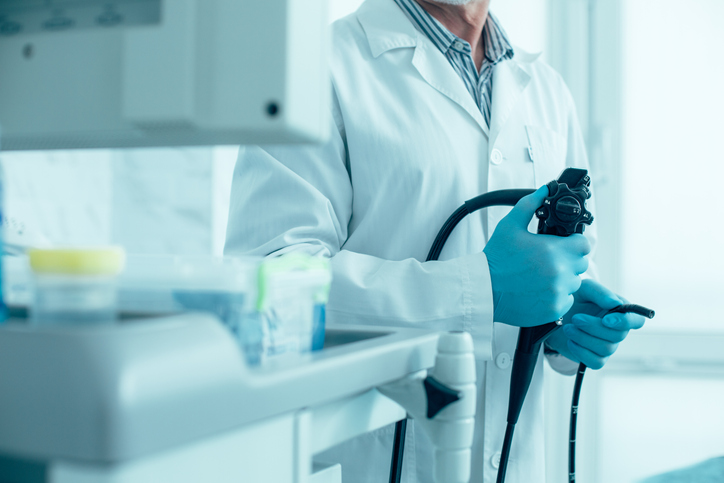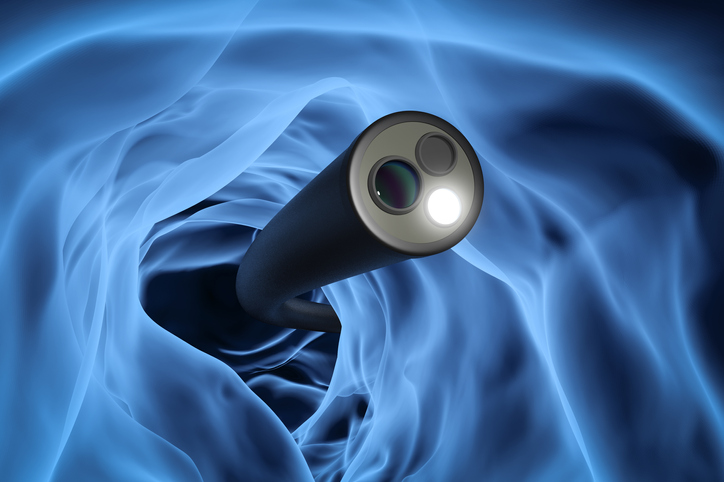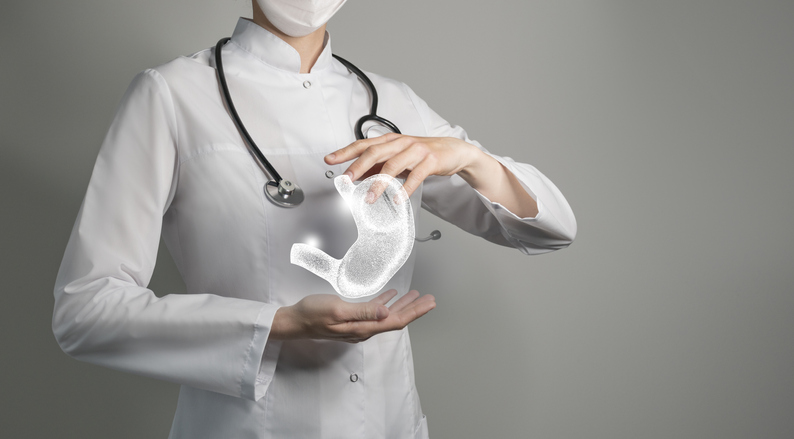Advanced Digestive Endoscopy









Advanced endoscopy is a medical procedure that uses a thin, flexible instrument with an optical system called an endoscope to examine the inside of certain parts of the body, such as the digestive tract or bile ducts, in greater detail than endoscopy. conventional. This procedure allows digestive endoscopists to detect and treat a variety of conditions, such as ulcers, polyps, tumors, inflammation, or bleeding.
What makes this technique advanced is that it incorporates additional tools at the end of the endoscope, such as high-definition cameras, advanced imaging devices, special forceps or instruments to take samples or perform minimally invasive treatments, such as removing polyps or tumors. early, the cauterization of lesions, the placement of prostheses, or the breaking of stones. Among the advanced diagnostic endoscopic instruments, diagnostic ultrasonography (U.S.E.) or echoendoscopy (ultrasound transducer coupled to a special endoscope) or the capsule endoscopy (capsule provided with a camera associated with software that is ingested and collects images of the entire interior of the tube) stand out. digestive until it is expelled in the feces).









Therapeutic endoscopy is an important tool in the treatment of a variety of gastrointestinal diseases and provides minimally invasive and effective options for patients. It is performed by Digestive specialists subspecialized in interventional endoscopy.
Bariatric endoscopy is a set of minimally invasive endoscopic procedures designed to assist in weight loss and the treatment of obesity. These procedures are performed through an endoscope, a thin, flexible tube that is introduced through the mouth and esophagus until it reaches the stomach and, in some cases, the small intestine, and its greatest advantage is the absence of incisions. in the abdomen, which facilitates a faster recovery and reduces the number of complications.
All bariatric endoscopic treatments must be performed within a multidisciplinary team made up of nutritionists, psychologists and Digestive specialists to achieve the objective of the treatment, which is none other than complete nutritional and lifestyle re-education.
There are several types of bariatric endoscopy treatments, including:



These endoscopic suturing systems are less invasive than traditional bariatric surgery and may offer an option for those seeking a less aggressive alternative for obesity treatment. However, it is important for anyone interested in these procedures to consult with an obesity specialist or an endoscopist or bariatric surgeon to determine if they are suitable candidates and to understand the risks and benefits associated with each suture system.
Before opting for an endoscopic suturing system, patients will be evaluated by a multidisciplinary medical team specializing in obesity and endoscopy to determine if this procedure is suitable for their particular situation and to fully understand the risks and benefits involved.
Among them the following stand out:
The Apollo OverStitch Endoscopic Gastric Plication System is an advanced endoscopic device that allows for continuous transmural sutures within the gastrointestinal tract. These sutures are used to create multiple folds in the stomach, reducing its capacity and changing its shape, and slowing its emptying, which in turn can help patients feel more satiated with less food, thus promoting weight loss. weight.
It is performed entirely by endoscopy, which means that it does not require open surgery or leave incisions in the abdomen, although it requires general anesthesia. It can be a minimally invasive option for overweight or obese patients (BMI 28-42 kg/m2) who are not candidates. for bariatric surgery or who prefer a less aggressive option after failing with diets and conservative measures. It carries fewer risks so it can be performed on an outpatient basis or with an overnight stay, given its faster recovery compared to traditional bariatric surgery.
Good adherence to a healthy lifestyle that includes a balanced diet and regular exercise improves your results, reaching an average weight loss of 20-25% of your total previous weight after 1 or 2 years. Like any medical procedure, it presents risks such as bleeding, perforation, infection or complications related to anesthesia, although they are very rare.
This system involves placing multiple individual transmural sutures in the stomach to reduce its size and change its shape. It is performed by introducing an operating platform (transport) in the shape of a hollow tube, into which a fine-caliber endoscope and various pincer and stapling systems are introduced with the intention of reducing the size of the stomach. Its indications are similar to those of the Apollo method and once again associated with a multidisciplinary nutritional re-education protocol, it achieves weight loss of around 15-20% over 12 months. The risks are similar to those of Apollo.
The TORe (Endoscopic Transoral Outlet Reduction) method is an endoscopic approach used to correct complications related to Roux-en-Y gastric bypass, a common bariatric surgery to treat morbid obesity. This procedure uses the Apollo OverStitch suture system to correct the dilation of the gastro-jejunal anastomosis or stoma, which is the junction created between the stomach and small intestine during gastric bypass. Previously, it is usually necessary to refresh the edges of the stoma by burning them with an argon-plasma laser.
Gastrojejunal stoma dilation may occur over time and may lead to an increase in food intake, resulting in insufficient weight loss or regain of lost weight after the intervention. The TORe method seeks to again reduce the size of this dilated stoma to restore proper gastric bypass restrictions and promote further weight loss.
Reducing the size of the anastomosis restores the restriction on the amount of food that can pass from the stomach to the small intestine, which may help patients lose weight or maintain previous weight loss.
The TORe method is much less invasive than laparoscopic revision surgery and offers a faster recovery with fewer associated risks, so it can be performed on an outpatient basis. However, as with any medical procedure, there are potential risks, including complications such as bleeding, perforation or infection. With this method, weight losses of 10-12% have been reported.
